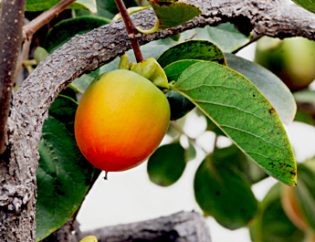Along with this discovery, fisheries biologists in the state are finding an increasing number of trout and salmon caught in Maine’s lakes and rivers that have soft plastic lures in their stomachs.
The study revealed that soft plastic lures are retained inside fish for 13 weeks without regurgitating them and, with brook trout, the plastic could stay in the fish’s stomach for the remainder of its life.
Not much is known about the toxicity of plastic held in a fish’s stomach for that length of time but it is known that lures lodged in the digestive tract can lead to severe weight loss, ulcerated tissue and anorexia traits among those fish unlucky enough to consume them.
In the Ozarks, waters where bass and trout exist together, like the White River and Lake Taneycomo, are especially of concern since these are spots where trout could readily consume discarded or loosened soft plastic baits meant to take bass.
And with the advent of a massive variety of soft plastic in all color schemes and in shapes that closely resemble most anything a fish will naturally consume, the potential for damage to trout is high.
Estimates have been made that as much as 20 million pounds of soft plastic lures are lost annually in freshwater lakes, rivers and streams across the United States. Since plastic does not degrade readily in the environment, these lost lures could last for over 200 years each so the problem compounds itself every year and could lead to catostrophic consequences to trout in years to come.
To get a better handle on avoiding the problem altogether, anglers are urged to consider other types of bait like biodegradable or natural varieties, to quickly retrieve any soft plastic lures that become unhooked, and to avoid discarding torn and spent lures into the water.
In the future, it may also become necessary for lure producers to consider a different medium than soft plastic to manufacture these baits.

